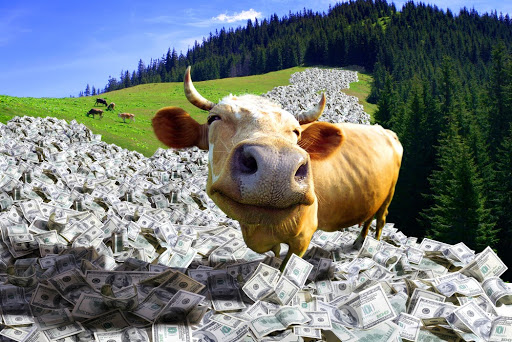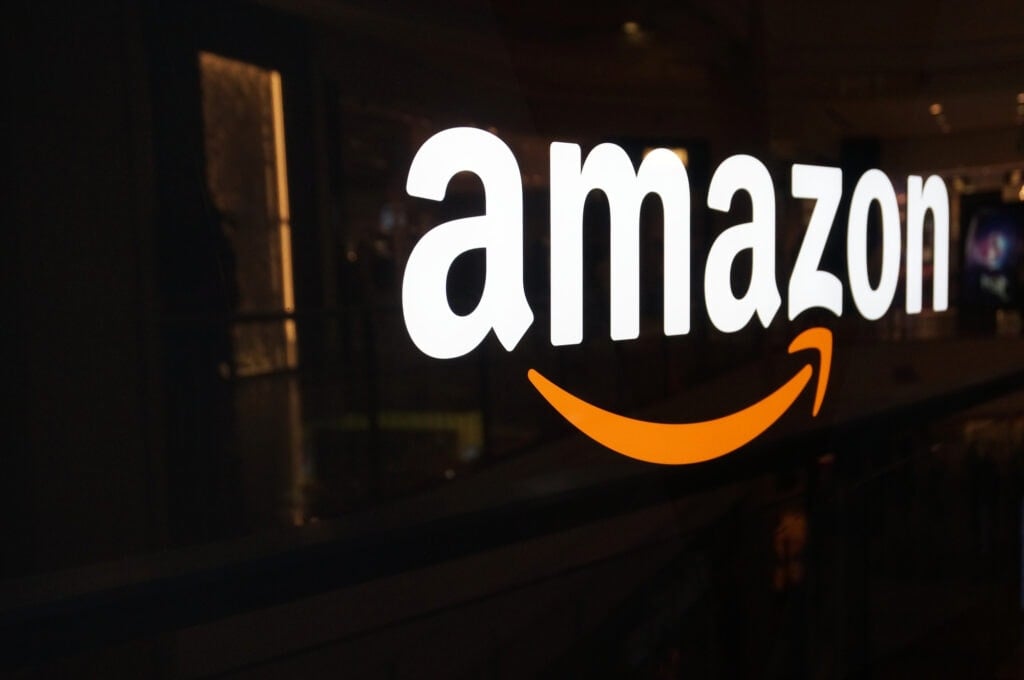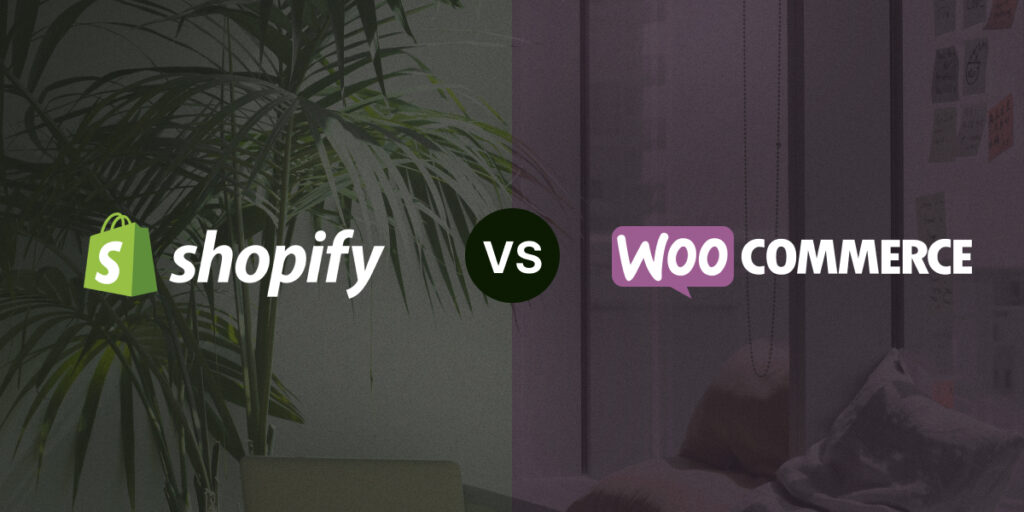Got milk? Whether from cows, nuts, soy, or oats, it does a body good. Not only does milk taste great, but it's also an ideal niche for an entrepreneur who wants to build an authority site. The explosion in milk brands in recent years makes this industry one to watch.
According to Statista, the global dairy market should reach $1032.7 billion by 2024. And that figure doesn't include "faux" milk. The demand for soy, almond, oat, and other plant-based milk products is greater than ever. MarketWatch forecasts the non-dairy milk market will reach $38 billion by 2024, growing at a CAGR of more than 14% since 2018.
From creamy ice cream to exotic cheeses, if you want to grow a food brand, this is a niche to keep on your radar. As innovation keeps changing the entire dairy industry, there's plenty of opportunity to grow an audience with an authority site - or even to mooove into a physical products brand.
Learn how to build an authority site that can earn $10K or more per month.
The Udderly Fascinating History of Milk
If you think about it, milk is a totally bizarre thing to drink. Who in the world first looked at a cow's udder and decided to go in for a taste? Many historians believe this freaky event dates back to around 8,000 BCE in what is now Turkey. Early innovators saw milk as a food source. Ancient humans used animal milk to make yogurt, cheese, and butter.
Fast forward about 2,000 years, and people began to develop a tolerance to lactose, the sugar found in milk. Being able to digest milk without gastrointestinal distress played a crucial role during times of famine. Humans drank milk to avoid starvation, and it became the go-to supplement for infants when a wet nurse wasn't available.
So, why did humans start drinking milk initially? To survive, plain and simple. And today, the creamy, white beverage remains a staple in most households.
Pour a Cold Glass of Innovation
Innovation is the name of the game in the milk industry. With so many brands competing for sales, companies have to offer something newer, better, and cheaper. But how can you improve upon Mother Nature?
Technology wins, as always.
Long gone are the days of milking cows by hand. The first known mechanical milking machine made its debut in the early 1870s. And while it worked, it was painful for cows and often led to contaminated milk. In 1922, Herbert McCornack built the Surge Bucket Milker, a safer and more efficient milking machine. His invention paved the way for modern dairy farming. Today, farmers use similar mechanical milkers but on a much larger scale.
Around the same time, homogenized milk rose in the ranks. Drinking raw milk was risky. It exposed the population to all sorts of harmful bacteria. In the 1800s, pasteurization became the standard. This method used heat to kill germs. But by 1920, scientists found a tastier way to process milk known as homogenization. This step prevents fat molecules from rising to the top, resulting in a smoother, richer product. Whole milk brands use it alongside pasteurization to ensure safety and quality.
Innovation in the milk industry didn't stop with mechanical milkers and homogenization. The race for more flavors and variety became survival of the fittest for dairy companies. Innovators stepped up to the plate to help farmers bottle the best products possible.
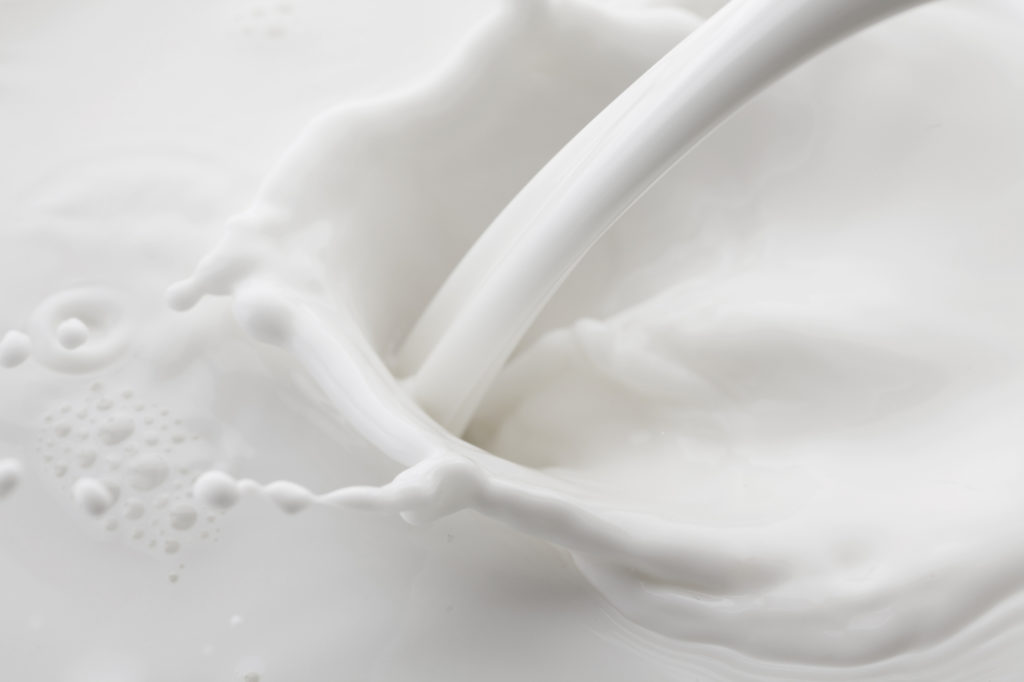
Modern Day Thirst-Quenching Milk Innovations
Once farmers had a safe way to process and distribute milk, they looked for even more ways to improve their products. After all, milk is milk. Milk brands needed to stand out in the competing herd of otherwise identical black-and-white cows.
Let's examine the most important (and creative) trends in the milk niche happening right now:
Mastitis detection technology
Udder infections are a leading reason for milk loss on farms. EIO Diagnostics decided to dive into this problem udder first. In 2017, the startup developed a sensor to detect udder infections before the cow showed any symptoms. This technology could save the industry billions each year.
Supercooling tools
Cold milk not only tastes better, but it stays fresher for longer. Transporting dairy products long distances increases the risk of spoilage. In 2019, Arla introduced supercooling tools to enable shipping without needing to freeze the product first. What was the first supercooled product? Castello Decorated Cream Cheeses. The company successfully shipped this delicate product from Australia from Denmark.
Smart collars
Farmers always need ways to reduce labor costs and streamline production. Cowlar launched a smart collar in 2016 to do just this. The collar tracks the temperature, activity levels, and behavior of each animal. No wonder it's called the Fitbit for cows! The data helps farmers keep their dairy cows healthy and boost profits.
Animal-free milk
Want to enjoy a glass of milk without the attached animal cruelty stigma? Muufri, owned by Perfect Day Foods, invented dairy milk sans the cow. The brand uses real milk proteins and fermentation to produce sustainable, greener dairy alternatives.
Automatic yogurt maker
Lecker Labs introduced Yomee, the first-ever automatic yogurt maker. It operates in the style of a Keurig, but instead of coffee, each pod produces a cup of fresh yogurt. The brand's Kickstarter campaign brought in an impressive $136,808 from 1,002 backers.
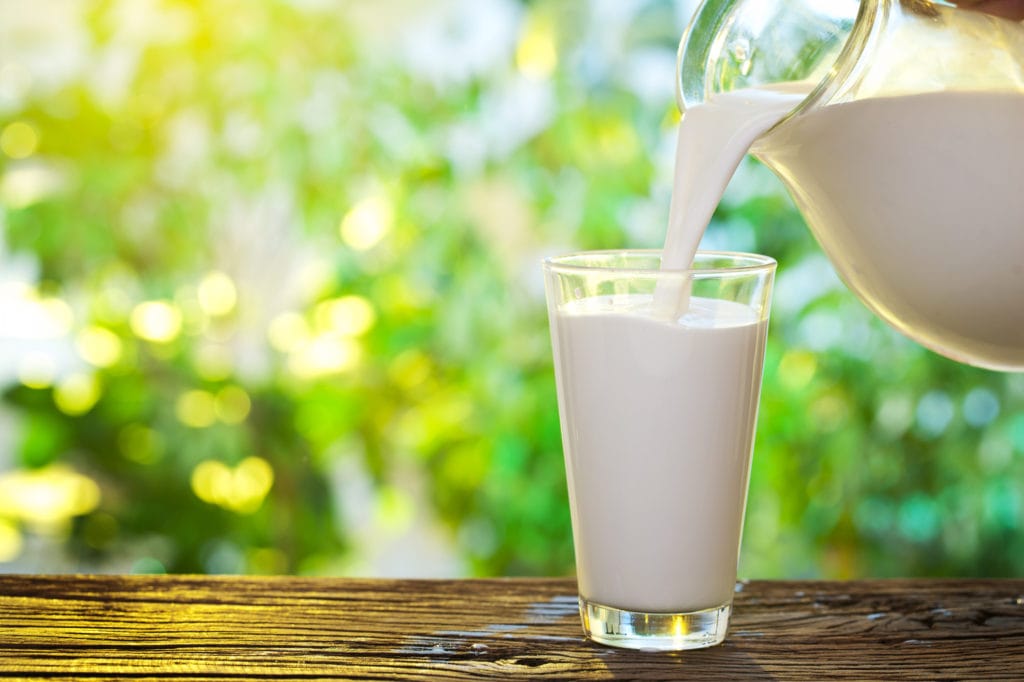
Farm fresh milk
There's nothing better than milk straight from the source. Farmery launched to deliver farm-fresh milk direct to home consumers. The brand fulfills every order of its "raw unprocessed chilled milk" within 12-24 hours after milking.
Blockchain technology
Dairy safety is crucial. That's why Neogen Corporation joined forces with Ripe Technology (ripe.io). The partnership uses blockchain technology to build trust in the dairy industry by ensuring transparency in the food chain.
Innovation in the milk niche is much more than creating new flavoring syrups. (Although chocolate and strawberry milk are pretty awesome, too!) The most creative startups have found ways to streamline and improve various aspects of the industry.
But don't worry; you don't need a degree in bioengineering to grow a company in this niche.
Want to Milk the Milk Niche for All It's Worth?
Competition in the milk niche is fierce for milk brands. But it's uncharted territory for entrepreneurs outside the farm. There's a vast, untapped niche market for all things milk.
Today, the dairy industry has more products than ever before in history. According to Nichewit, "All these options mean people have to make more decisions. And whenever people need to pick between several options, there's usually a good opportunity to build a niche site that teaches them how to make the decision."
Sounds great, right? Well, apparently, not many entrepreneurs have considered milking this popular niche. There are barely any websites devoted to just milk. Furthermore, extremely biased, pro-dairy companies, like the American Dairy Association, own the few existing sites.
What does this mean for you if you want in on this business? Now is the prime time to launch your own milk-focused niche website. Since there's literally nothing else out there, you can become an authority by creating high-quality content and optimizing dairy-related keywords. Check out this keyword research report from Nichewit to get started.
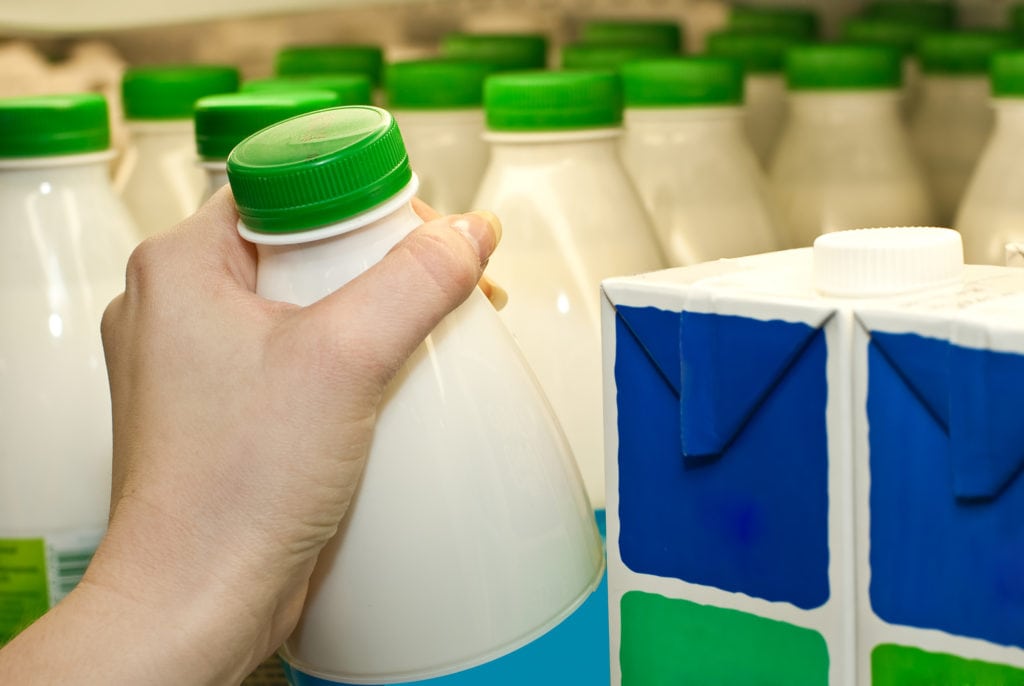
With very little competition out there, all it will take is some solid SEO work to get your site ranking on the front page. Twirling your milk mustache trying to come up with ideas?
Consider these:
- Dairy Milk Expert: Why should white milk reign supreme? Take the stance as a pro-dairy expert, and connect with diehard milk drinkers out there. Discuss new products from premium milk brands. Offer milk-based recipes. Talk about the benefits of including milk in your diet.
- Non-Dairy Milk Expert: Plant-based milk is gaining popularity. In the UK alone, 33% of 16-24 years olds prefer non-dairy milk to cow's milk. Your niche website could discuss the various plant-based options available, including oat, soy, almond, cashew, and rice. Explain how to substitute non-dairy milk for dairy in traditional recipes. Talking about the health benefits of these milk substitutes will also gain traction with readers.
- Product Reviewer: Don't want to choose sides? Then create a milk niche site that reviews all things milk. Connect with different dairy and non-dairy milk brands to get early access to new offerings. Try them out and share your thoughts with eager readers.
Once you decide on your preferred niche angle, it's time to start monetizing your site.
Here's how you can turn your milk knowledge into cash:
- Affiliate marketing: Earn a commission whenever someone clicks on your affiliate link and makes a sale. Some of the top names in the milk retail industry offer affiliate programs, including Amazon.
- Ad revenue: Connect with an advertising network to display ads on your site. The more traffic you get, the more money you can potentially earn.
- Social media influencer: Grow a social media following and earn influencer status with dairy (or plant-based) companies. Brands pay a pretty penny to have popular social media gurus promote their products.
But as with any venture, you must know your target audience before getting started. Learn their pain points and figure out what problems they need you to solve. For example, do you want to serve those who are lactose intolerant? Or do you want to reach the vegan community with plant-based solutions? No matter your target audience, all the content you create needs to speak to them directly.
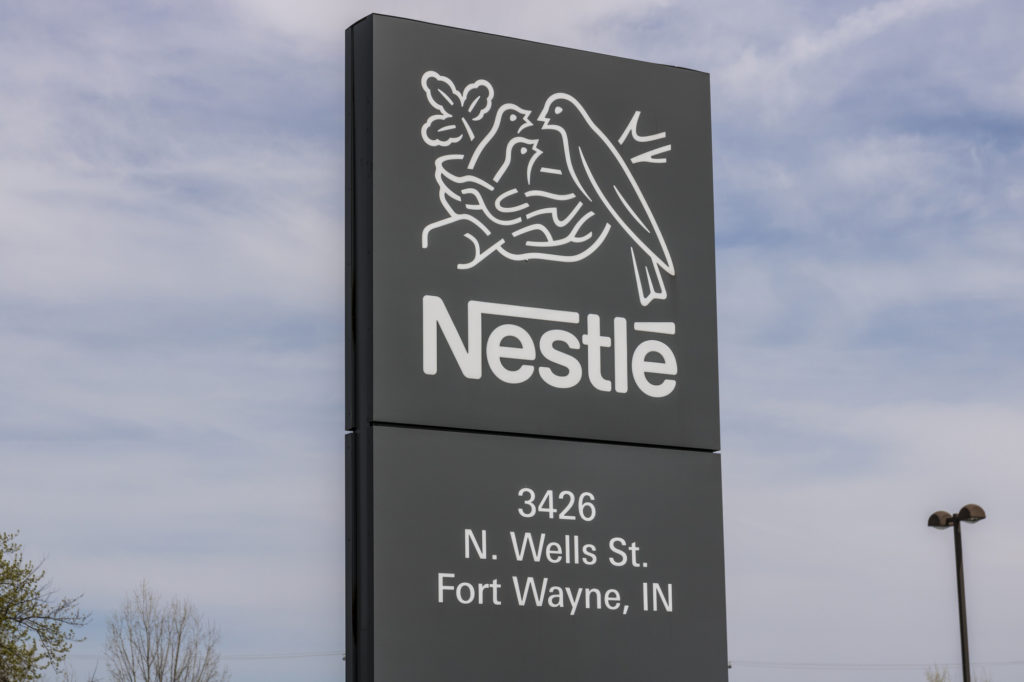
Thirsty for Some Milk Facts?
You probably built up a thirst after learning about the growing milk niche. But how much do you really know about the tasty liquid? Here's everything the dairy cows (and soybeans) want you to know about their favorite beverage:
How Many Dairy Brands Exist?
There are hundreds of dairy brands worldwide, but most of them fall under the same umbrella conglomerates. Here are some of the most famous milk brands in the world as of 2021:
1. Nestlé
2. Dairy Farmers of America
3. Saputo
4. Danone
5. Agropur
6. Schreiber Foods
7. Kraft
8. ConAgra
9. Prairie Farms
10. Land O' Lakes
11. California Dairies
What Is the Most Popular Milk Brand in the United States?
That award goes to DairyPure, which belongs under the Dairy Farmers of America umbrella. In 2019, the brand reported $100.73 million in whole milk sales.
Dairy or Non-Dairy: What Is the Healthiest Milk?
Wander down the milk aisle, and you'll see tons of options. Do you want whole milk or lactose-free? Which fresh milk is best? How in the world do you milk an oat?
Back in the late 1900s (you know, the 80s and 90s), drinking cow's milk was the healthy thing to do. Parents made sure their kids guzzled a glass or two each day. Dairy products even landed a prominent spot on the USDA food pyramid. But is cow's milk really the healthiest beverage on the market?
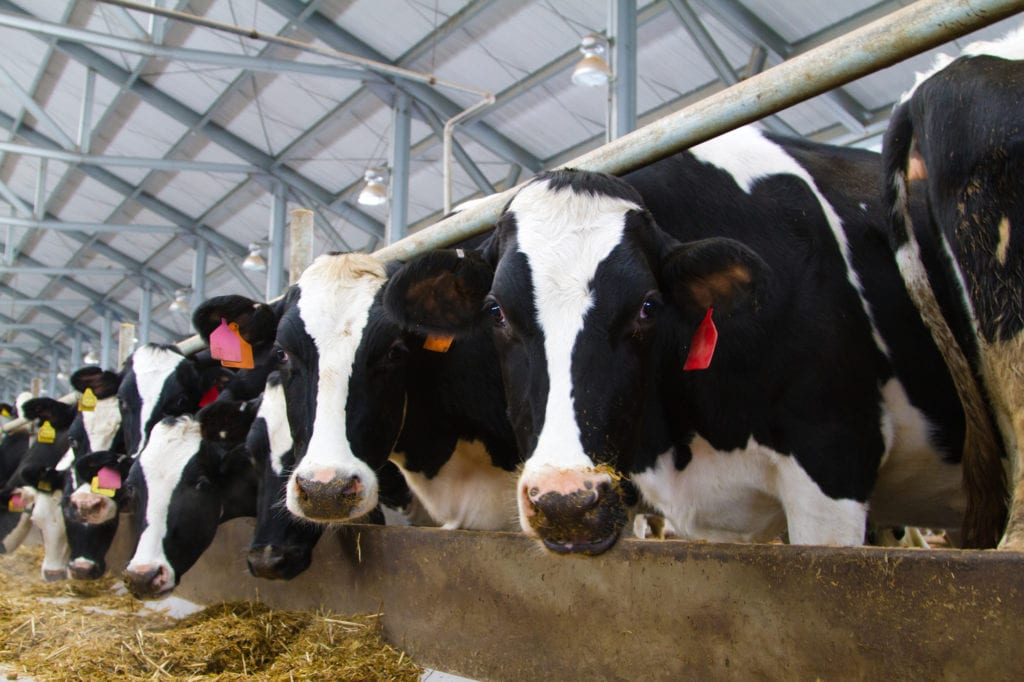
As it turns out, this is a hotly debated topic. Farmers swear by cow's milk, and vegans demand plant-based options. Even FDA Commissioner Dr. Scott Gottlieb voiced his opinion when he stated, "an almond doesn't lactate" and, therefore, wasn't milk. The Dairy Pride Act of 2017 pushed this debate even further into the political arena.
Regardless of where you stand in the dairy versus non-dairy battle, you have to admit that all these beverages have their nutritional benefits.
Here are the healthiest options:
- Hemp milk: Known for its high protein and healthy fat content, hemp milk is also practically carb-free.
- Oat milk: Drinking this naturally sweet and creamy milk may help lower your cholesterol.
- Almond milk: Both low in calories and carbs, almond milk is a good source of vitamin E.
- Coconut milk: Its high-fat content makes coconut milk deal for cooking.
- Soy milk: The protein content in soy milk is comparable to cow's milk. Most brands fortify it with vitamin D, B12, and calcium.
- Cow's milk: Although cow's milk is highly nutritious (it's a good source of protein, vitamin D, B12, and calcium), many people cannot tolerate it.
So, which one really does a body good? That depends on your nutritional needs, allergies, and taste preferences. And brands continue to introduce new varieties to the dairy aisle to keep your tastebuds engaged.
Is Milk the Right Niche for You?
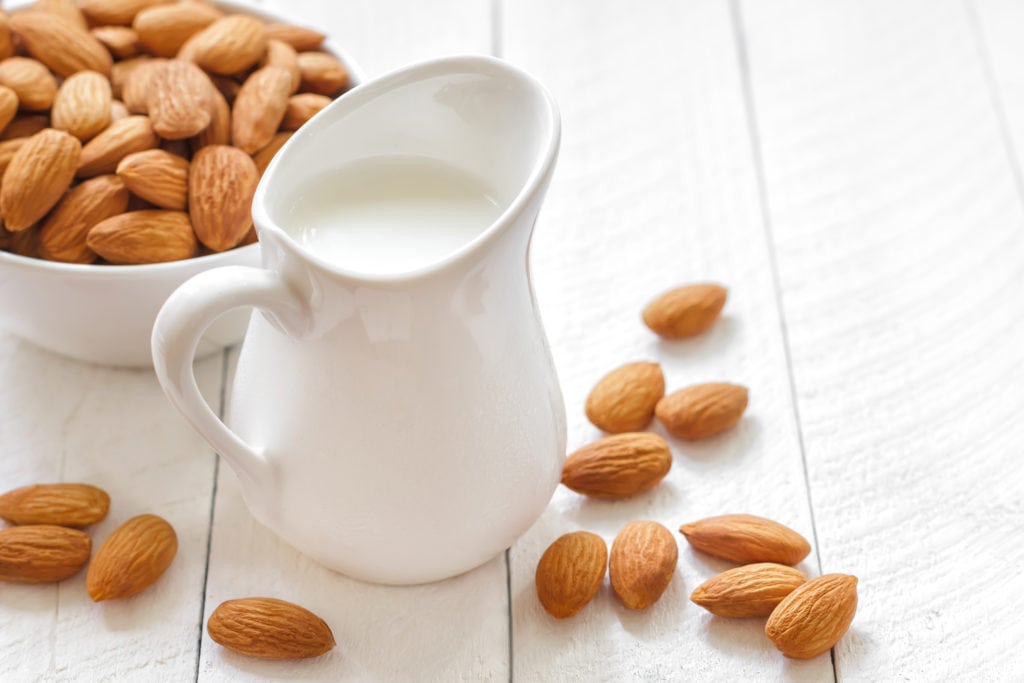
Buying milk is nothing like waiting for the milkman in the 1950s. Today's consumers can head to the grocery store, shop online, or set up auto-delivery for their favorite products. Even those who don't enjoy the flavor of traditional cow's milk can find delicious substitutes. The dairy industry continues to grow and change to meet consumer demand.
Whether you prefer organic milk brands or plant-based alternatives, it's possible to build a money-making empire in the milk niche. Perhaps you have an idea that will streamline the entire industry. Or maybe you prefer uploading informative, high-quality content online. Whatever route you choose, there is plenty of room for you in the multibillion-dollar milk niche.
